Ember Tetra: Everything You Need To Know!

Ember Tetras have earned their place as beloved members of the aquarium community, cherished for their striking beauty and tranquil demeanor. With their vibrant red-orange hues reminiscent of flickering embers, these small freshwater fish add a captivating splash of color to any aquarium landscape. Renowned for their peaceful nature, Ember Tetras create harmonious aquatic environments, making them ideal companions for both novice and seasoned aquarists alike. Their gentle disposition and ease of care make them a popular choice for hobbyists seeking to create thriving underwater ecosystems. As one of the most sought-after species in the aquarium hobby, Ember Tetras offer enthusiasts the opportunity to experience the beauty of the natural world within the confines of their own homes.
Ember Tetra Profile
Physical Description
- Size: Ember Tetras typically reach a size of around 0.75 to 1 inch (2 to 2.5 centimeters) in length, making them one of the smaller species in the aquarium trade.
- Shape: They have a streamlined body shape with a slightly flattened profile, adorned with translucent fins that accentuate their elegant appearance.
- Distinguishing Features: The most notable characteristic of Ember Tetras is their vibrant red-orange coloration, which extends from their fins to their body, resembling the glowing embers of a fire. This striking coloration sets them apart and makes them a captivating addition to any aquarium.

Origin and Natural Habitat
- Ember Tetras originate from the clear, slow-moving streams and tributaries of the Amazon River basin in South America.
- Found primarily in the dense vegetation and shallow waters of their natural habitat, Ember Tetras thrive in environments with ample plant cover and subdued lighting.
- In the wild, they are often encountered in large schools, where they seek safety in numbers and forage for small invertebrates and algae among the aquatic vegetation.
Behavior
- Social Behavior: Ember Tetras are known for their peaceful and sociable demeanor, making them excellent community fish for a variety of aquarium setups.
- They exhibit shoaling behavior, preferring to be kept in groups of at least six individuals or more. In larger groups, they feel more secure and are less likely to exhibit stress-related behaviors.
- Compatibility: Ember Tetras coexist harmoniously with a wide range of tankmates, including other peaceful fish species like danios, rasboras, and small catfish. Avoid pairing them with larger, aggressive species that may intimidate or prey on them.
Diet
- Ember Tetras are omnivorous by nature, feeding on a varied diet that includes both animal and plant matter.
- In the aquarium, they readily accept high-quality flake food, micro pellets, and freeze-dried or frozen foods such as bloodworms, daphnia, and brine shrimp.
- It’s essential to provide a balanced diet to ensure their nutritional needs are met. Supplement their diet with live or frozen foods occasionally to promote optimal health and coloration.
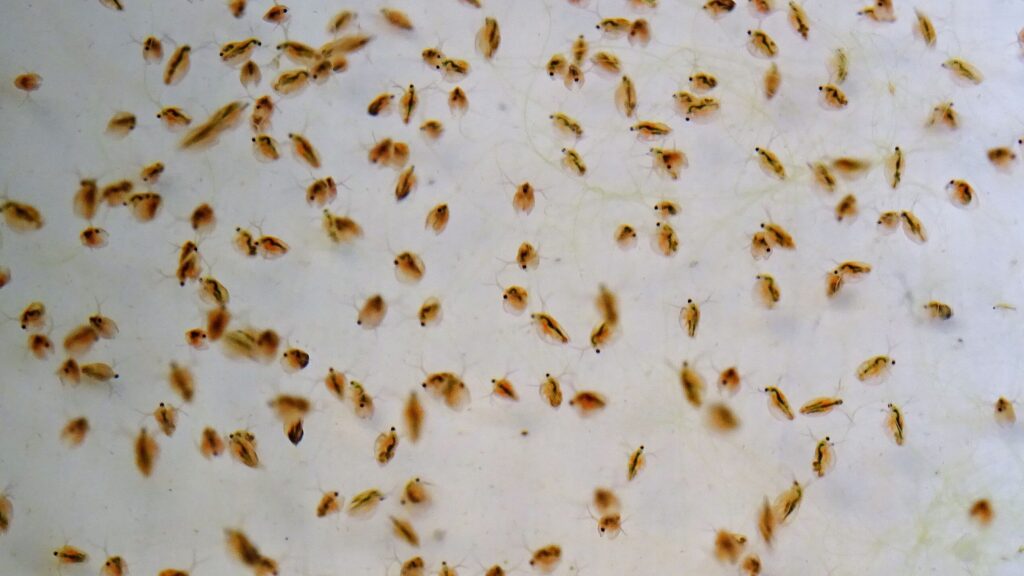
Aquarium Setup
Tank Size and Requirements
- Recommended Tank Size: Ember Tetras thrive in aquariums with a minimum size of 10 gallons (approximately 38 liters). Larger tanks, such as 20 gallons or more, provide ample space for creating a natural environment and accommodate larger shoals of Ember Tetras.
- Space Considerations: Ensure the tank has sufficient horizontal swimming space, as Ember Tetras are active swimmers and enjoy exploring their surroundings.
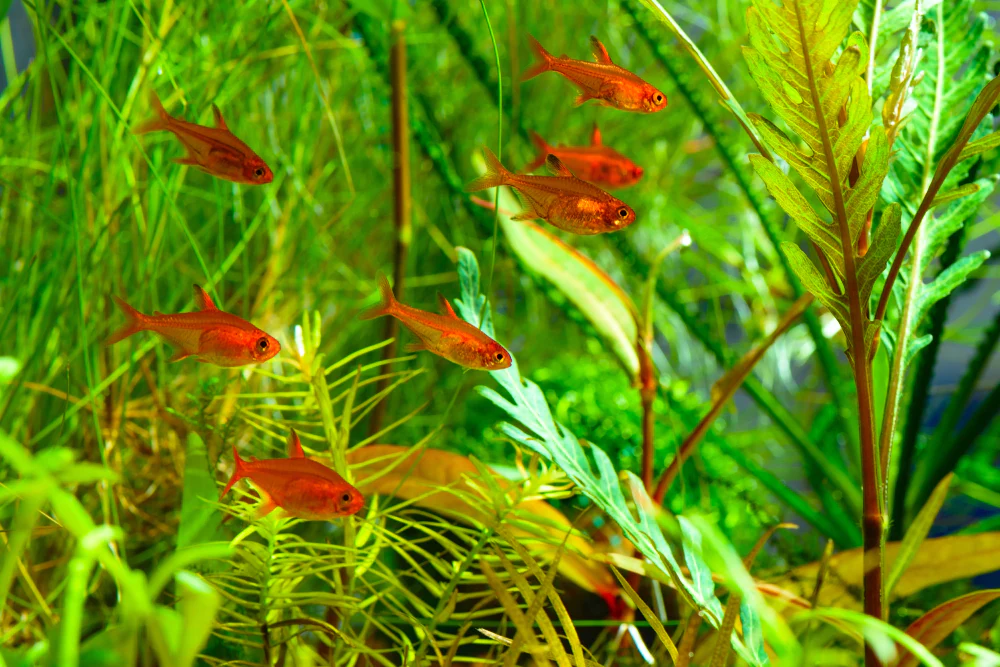
Water Conditions
- pH Levels: Maintain a slightly acidic to neutral pH level ranging from 6.0 to 7.0 to mimic their natural habitat. Use pH testing kits to monitor and adjust the water accordingly.
- Temperature: Keep the water temperature within the range of 72°F to 82°F (22°C to 28°C) to provide optimal conditions for Ember Tetras. Use a reliable aquarium heater to regulate the temperature and prevent fluctuations.
- Filtration Considerations: Invest in a quality aquarium filter capable of providing efficient mechanical and biological filtration. Ember Tetras are sensitive to poor water quality, so regular water changes and filtration maintenance are essential for their well-being.
Aquascaping Tips
- Live Plants: Incorporate live aquatic plants such as Java moss, Java fern, and Anubias to provide shelter, oxygenation, and natural filtration. Dense vegetation mimics their natural habitat and offers hiding spots for shy or breeding Ember Tetras.
- Hardscape Elements: Enhance the aesthetics of the aquarium with driftwood, rocks, and natural substrates like sand or fine gravel. These elements not only create visual interest but also provide additional surfaces for beneficial bacteria to colonize.
- Hiding Spots: Include caves, crevices, and dense plantings to offer refuge for Ember Tetras when they seek shelter or rest. Providing hiding spots reduces stress and promotes natural behavior among the fish.
By implementing these suggestions, aquarists can create a well-suited habitat for Ember Tetras, promoting their health and vitality while enhancing the overall aesthetics of the aquarium.
Care and Maintenance
Feeding Regimen
- Feeding Frequency: Offer small, frequent feedings to Ember Tetras, aiming for 2-3 small meals per day. Avoid overfeeding, as uneaten food can degrade water quality and lead to health issues.
- Suitable Foods: Provide a varied diet consisting of high-quality flake food, micro pellets, and freeze-dried or frozen foods such as brine shrimp, bloodworms, and daphnia. Supplement their diet with live foods occasionally to promote natural foraging behavior and optimal nutrition.
Water Quality Management
- Regular Water Changes: Perform weekly water changes of 20-30% to remove accumulated waste, uneaten food, and toxins. Clean substrate and filter media during water changes to maintain optimal water quality.
- Monitoring Parameters: Use reliable water testing kits to monitor ammonia, nitrite, nitrate, pH, and other water parameters regularly. Aim for ammonia and nitrite levels to be at zero, and nitrate levels below 20 ppm to ensure a healthy environment for Ember Tetras.
- Temperature Stability: Maintain stable water temperature and avoid drastic fluctuations, as Ember Tetras are sensitive to temperature changes. Use a quality heater and thermometer to regulate and monitor water temperature consistently.
Disease Prevention
- Quarantine New Additions: Before introducing new fish or plants to the aquarium, quarantine them in a separate tank to prevent the introduction of diseases or parasites. Observe new additions for signs of illness before introducing them to the main aquarium.
- Clean Environment: Keep the aquarium clean and well-maintained to minimize stress and susceptibility to diseases. Regularly remove debris, detritus, and dead plant matter from the tank to prevent the buildup of harmful bacteria and pathogens.
- Balanced Diet: Offer a balanced diet and avoid overfeeding, as malnutrition and excess nutrients can weaken the immune system of Ember Tetras, making them more susceptible to diseases. Provide a varied diet to ensure they receive essential nutrients and vitamins for optimal health.
By following these guidelines for care and maintenance, aquarists can ensure the health and well-being of Ember Tetras, fostering a thriving and vibrant aquatic environment.
Breeding Ember Tetras
Breeding Behavior
- Spawning Behavior: Ember Tetras exhibit typical egg-scattering spawning behavior, where females release eggs and males fertilize them in the water column. Breeding pairs often display courtship rituals, with males chasing females and performing elaborate displays to encourage spawning.
- Triggering Spawning: Increase water temperature slightly and provide a nutritious diet to simulate the onset of the rainy season, which triggers spawning behavior in Ember Tetras. Dimming the lights and incorporating live plants can also stimulate breeding activity.
Breeding Setup
- Separate Breeding Tank: Set up a separate breeding tank with similar water parameters to the main aquarium. Use a smaller tank of around 5 to 10 gallons (approximately 19 to 38 liters) with gentle filtration to maintain water quality.
- Dense Plant Cover: Provide dense vegetation such as Java moss or fine-leaved plants to serve as spawning sites and hiding spots for the eggs and fry. Use a spawning mop or mesh breeding box to collect eggs and protect them from being consumed by adult fish.
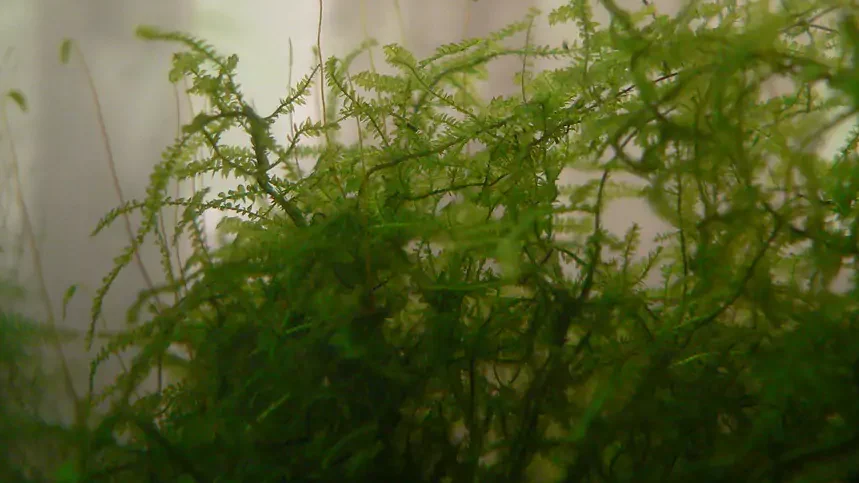
Rearing Fry
- Egg Collection: Once spawning occurs, remove the adult fish to prevent them from consuming the eggs. Transfer the eggs to a separate container filled with aquarium water from the breeding tank to prevent shock.
- Hatching and Growth: Fry typically hatch within 24 to 48 hours, depending on water temperature. Feed newly hatched fry infusoria, powdered fry food, or liquid fry food until they are large enough to consume newly hatched brine shrimp or micro worms.
- Water Quality and Maintenance: Maintain pristine water conditions in the fry tank by performing small, frequent water changes to remove uneaten food and waste. Monitor water parameters closely to ensure optimal conditions for fry development.
- Gradual Introduction: Once the fry are large enough to swim freely and exhibit robust growth, gradually introduce them to the main aquarium. Ensure that they are not at risk of being bullied or eaten by larger tankmates, and provide ample hiding spots for their safety.
By following these steps for breeding Ember Tetras, aquarists can successfully propagate this species and enjoy the rewarding experience of raising their own fry.
Common Questions and Concerns
Lifespan
- Ember Tetra Lifespan: On average, Ember Tetras have a lifespan of around 2 to 3 years in optimal aquarium conditions. Factors such as water quality, diet, and genetics can influence their longevity.
- Tips for Longevity: Provide a balanced diet, maintain stable water parameters, and minimize stress factors to maximize the lifespan of Ember Tetras. Regular water changes and proper tank maintenance also contribute to their overall health and longevity.
Compatibility with Other Fish
- Peaceful Community Fish: Ember Tetras are peaceful and sociable, making them excellent community fish for a wide range of tankmates.
- Suitable Tankmates: Compatible tank mates include other peaceful fish species such as danios, rasboras, small catfish, and peaceful dwarf cichlids. Avoid pairing them with larger, aggressive species that may intimidate or prey on them.
Potential Health Issues
- Disease Prevention: Ember Tetras are generally hardy fish when provided with proper care, but they can be susceptible to common aquarium diseases such as ich, fin rot, and bacterial infections.
- Symptoms and Treatment: Monitor Ember Tetras closely for signs of illness, including changes in behavior, appetite, or physical appearance. Quarantine sick fish promptly and treat them with appropriate medications as directed. Maintain optimal water quality and nutrition to prevent disease outbreaks.
Challenges and Solutions
- Shyness or Stress: Ember Tetras may exhibit shy or reclusive behavior in new environments or if they feel threatened. Provide ample hiding spots and maintain a stable, peaceful tank environment to help them acclimate.
- Feeding Preferences: Some Ember Tetras may be selective eaters or hesitant to accept new foods. Offer a variety of high-quality foods and be patient as they adjust to different offerings. Experiment with live or frozen foods to entice picky eaters.
- Breeding Challenges: Breeding Ember Tetras successfully may require patience and careful attention to water conditions and breeding setup. Monitor water parameters closely, provide optimal breeding conditions, and be prepared for multiple spawning attempts before achieving success.
By addressing these common questions and concerns, aquarists can gain a better understanding of Ember Tetras and overcome potential challenges they may encounter while keeping this popular aquarium species.
Conclusion
In conclusion, caring for Ember Tetras involves providing a suitable environment with proper tank setup, balanced nutrition, and regular maintenance to ensure their health and well-being. By understanding their unique characteristics and meeting their requirements, aquarists can enjoy the beauty and tranquility that Ember Tetras bring to the aquarium. We encourage readers to share their experiences with Ember Tetras and connect with fellow enthusiasts in the aquarium community. Additionally, for more valuable insights on aquarium keeping and a wide range of aquatic topics, we invite readers to explore other informative articles on our niche site. Dive deeper into the fascinating world of fishkeeping and embark on a rewarding journey of aquatic exploration.
Additional Resources
Authoritative Books
- Complete Encyclopedia of Freshwater Aquarium Fish by John Dawes: This comprehensive guide covers a wide range of freshwater fish species, including Ember Tetras, providing valuable insights into their care, behavior, and habitat requirements.
- Aquarium Plant Paradise by Takashi Amano: Learn about the importance of aquatic plants in creating a natural and balanced aquarium ecosystem, with practical tips on selecting, planting, and maintaining live plants to enhance the well-being of Ember Tetras and other aquarium inhabitants.
Recommended Products
- Aquarium Heater: Fluval E 300 Watt Electronic Heater
- Quality Aquarium Filter: Fluval FX6 Canister Filter
- Live Aquarium Plants: AquaLeaf Aquatics 10 Species Live Aquarium Plants
- High-Quality Fish Food: TetraPond Spring And Fall Diet
These products are carefully selected to provide optimal conditions for Ember Tetras and ensure a thriving aquatic environment. Happy fishkeeping!
Frequently Asked Questions (FAQs)
1. What is the ideal tank size for keeping Ember Tetras?
The ideal tank size for Ember Tetras is a minimum of 10 gallons (approximately 38 liters). Larger tanks, such as 20 gallons or more, provide ample space for creating a natural environment and accommodate larger shoals of Ember Tetras.
2. What water parameters do Ember Tetras require?
Ember Tetras thrive in slightly acidic to neutral water with a pH range of 6.0 to 7.0. The temperature should be maintained between 72°F to 82°F (22°C to 28°C), and stable water conditions are essential for their health and well-being.
3. Are Ember Tetras suitable for community tanks?
Yes, Ember Tetras are peaceful and sociable fish, making them excellent additions to community aquariums. They coexist harmoniously with other peaceful fish species such as danios, rasboras, small catfish, and peaceful dwarf cichlids.
4. What do Ember Tetras eat?
Ember Tetras are omnivorous and accept a varied diet consisting of high-quality flake food, micro pellets, and freeze-dried or frozen foods such as brine shrimp, bloodworms, and daphnia. It’s essential to provide a balanced diet to ensure their nutritional needs are met.
5. How can I encourage Ember Tetras to breed?
To encourage breeding behavior in Ember Tetras, increase water temperature slightly and provide a nutritious diet to simulate the onset of the rainy season, which triggers spawning activity. Dimming the lights and incorporating dense vegetation in the breeding tank can also stimulate breeding behavior.


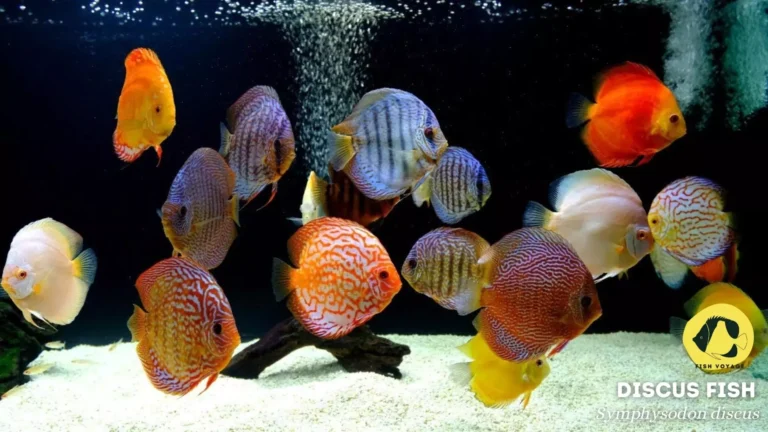
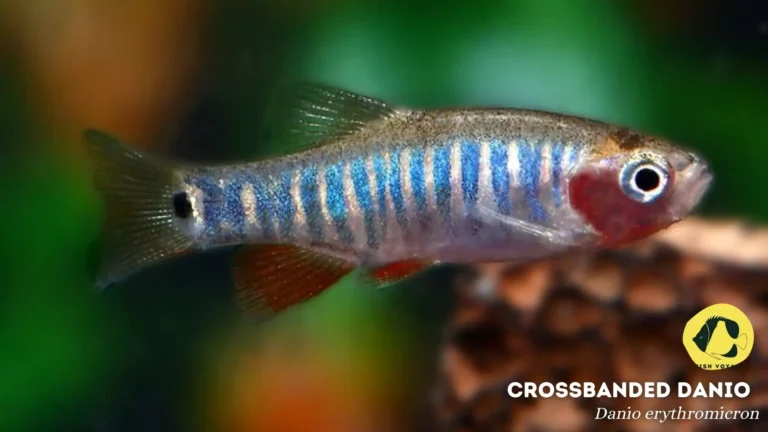
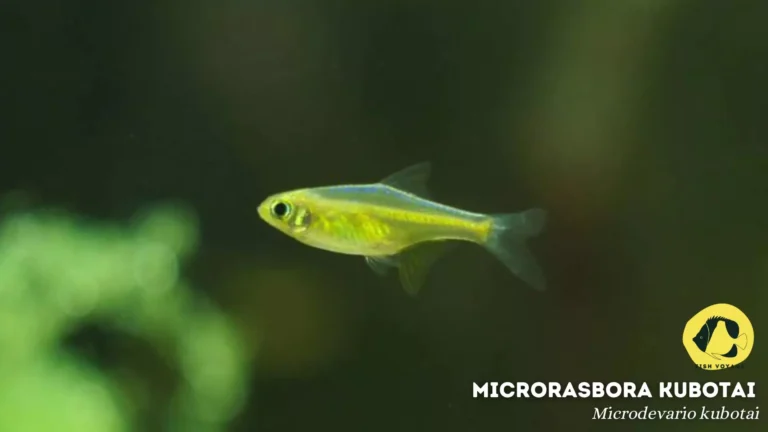
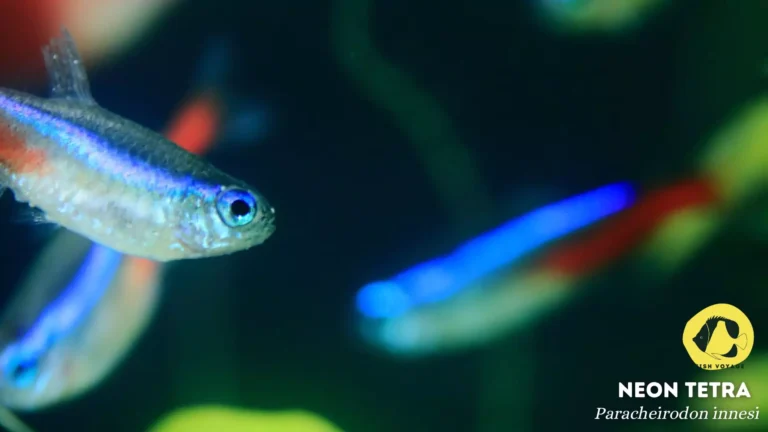
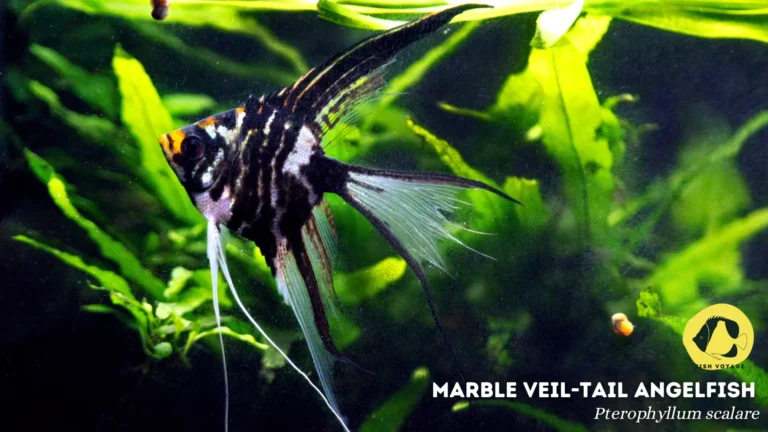
This platform is unbelievable. The magnificent data uncovers the distributer’s excitement. I’m shocked and expect additional such astonishing entries.
Thank you so much for your kind words! It means a lot to know that our content resonates with you. We are constantly striving to deliver valuable and intriguing information, so your encouragement is truly motivating. Stay tuned for more fascinating updates!
Excellent website. Lots of useful information here. I am sending it to a few friends ans also sharing in delicious. And naturally, thank you on your effort!
Thank you so much for your kind words and for sharing our blog with your friends as well! We’re thrilled to hear you find the content appealing. Stay tuned for more interesting posts!